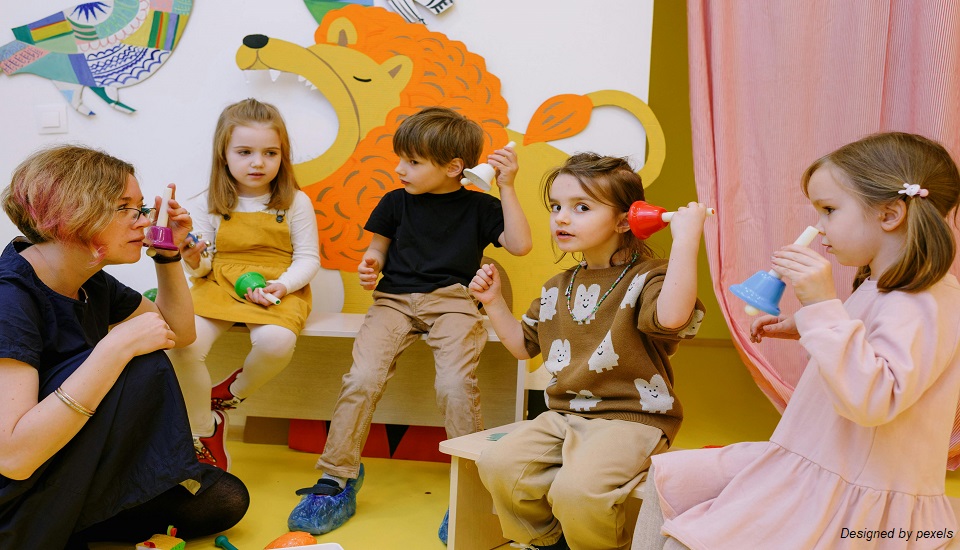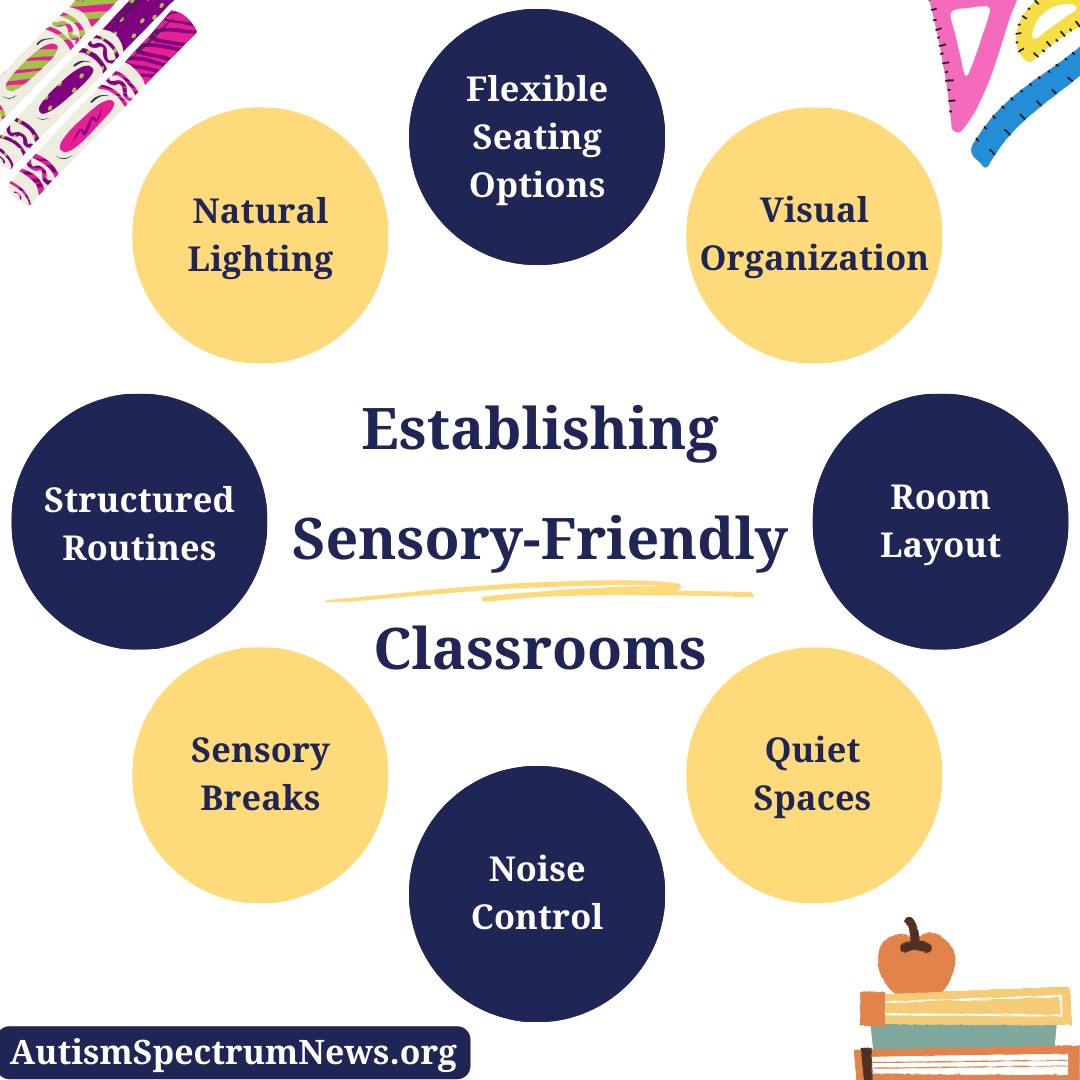Why Is It Important To Create Sensory-Friendly And Neuro-Inclusive Classrooms
8th July 2024

Why should inclusive design principles be applied to educational settings by default? It's simple: to make sure that every kid, neurotypical or neurodiverse, can succeed intellectually and emotionally. Making classrooms that are sensory-friendly shouldn't be difficult, yet many schools don't have inclusive areas. You need to learn more about the difficulties that these neurodiverse children, especially children with autism, deal with daily to comprehend why inclusive classrooms are advantageous for both students and teachers.
What Are Sensory Processing Challenges?
Light, music, touch, and movement are examples of sensory stimulation that might be overpowering or distracting for certain people. These difficulties may affect a student's capacity for concentration, emotional control, and productive participation in class activities. With these difficulties in mind, sensory-friendly classroom designers strive to provide an environment where all students may participate in the learning process without discomfort ensuring that it is enjoyable for the teacher and the pupils.
Why Is It Important To Have Sensory-Inclusive Classrooms?
The sights, sounds, and smells in a sensory-friendly classroom need to be managed to prevent overstimulation or understimulation of children, particularly those with special needs. A child's capacity to learn might be hampered by stimuli like noises, colors, textures, or temperatures, which can quickly overwhelm students with sensory difficulties. A sensory-friendly classroom aims to provide an environment that fosters learning for autistic children by making them feel safe, at ease, and able to pay attention.
Most classrooms are far too ‘busy.’ The wall has an excessive number of objects, vibrant colors, and distracting elements. Children with sensory difficulties will nearly always experience sensory overload in these "busy" classes. For instructors, it can seem paradoxical, but the ideal classroom for students on the autistic spectrum is simple, or empty. Neutral colors should be used for the walls, tables, and chairs. Minimize the amount of wall décor. While reducing the risk of sensory overload, a straightforward calendar or daily plan provides the structure that children with ASD yearn for.
Before you move to the topic, can we ask you a quick question? Do you follow us on Social Media? If not, then you’re missing out on a lot of informative content. We regularly share upgraded educational content, tips, feedback, and more. Check us out by clicking the profiles here - Facebook / Twitter / LinkedIn / Pinterest / Instagram / YouTube
What Are The Key Features Of Sensory-Friendly Classrooms?

Here are some of the most important components of your neuro-inclusive spaces for your students:
- Lighting
Increasing the amount of brightness in your classroom with adjustable lighting is one approach to make it more sensory-friendly. Dimming or softening artificial lighting choices might be quite useful if you don't have access to natural lighting. Calm lighting produces a peaceful ambiance and lessens visual stress.
- Acoustics
You may combat noise pollution by using materials that absorb sound. One of the main things that stress out kids is noise. You may make peaceful and quiet places by solving this issue.
- Flexible Seating
For many students, traditional desks and chairs may not be appropriate. Flexible seating options, such as rocking chairs, stability balls, or floor cushions, are frequently seen in sensory-friendly classrooms, enabling students to select a seating configuration that best meets their requirements.
- Wayfinding And Zoning
These inclusive design ideas provide well-organized, easily navigated spaces that accommodate a range of requirements and sensitivities. It makes daily tasks less stressful for kids by assisting them in navigating them with more ease.
- Soft Flooring
Soft flooring has the potential to enhance classroom safety while also improving acoustics. The soft surface lessens the impact in the event of a fall, lowering the possibility of injury.
- Sensory Break Areas
With specific sensory break places, schools that are sensory-friendly acknowledge that kids may require breaks to self-regulate. To create a relaxing atmosphere, these areas are furnished with items like sensory bins and fidget toys.
Make Your Classroom Sensory-Friendly Today
Discover easy strategies to create a sensory-friendly classroom environment that will assist kids with sensory difficulties to feel more at ease and prepared to concentrate on their studies and socialization. Suggestions include modifications to the lighting, noise level, scents, learning resources, and classroom layout. Additionally, if you are planning to become a special educator, Online Autism Courses for Teachers can help understand the needs of such students and cater to them accordingly.
We believe education should be accessible for everyone. That’s why we don’t charge for our blogs. Find the right course that will help you in your career with us, contact us at 91-6292150868. You can mail us at act@asiancollegeofteachers.com

